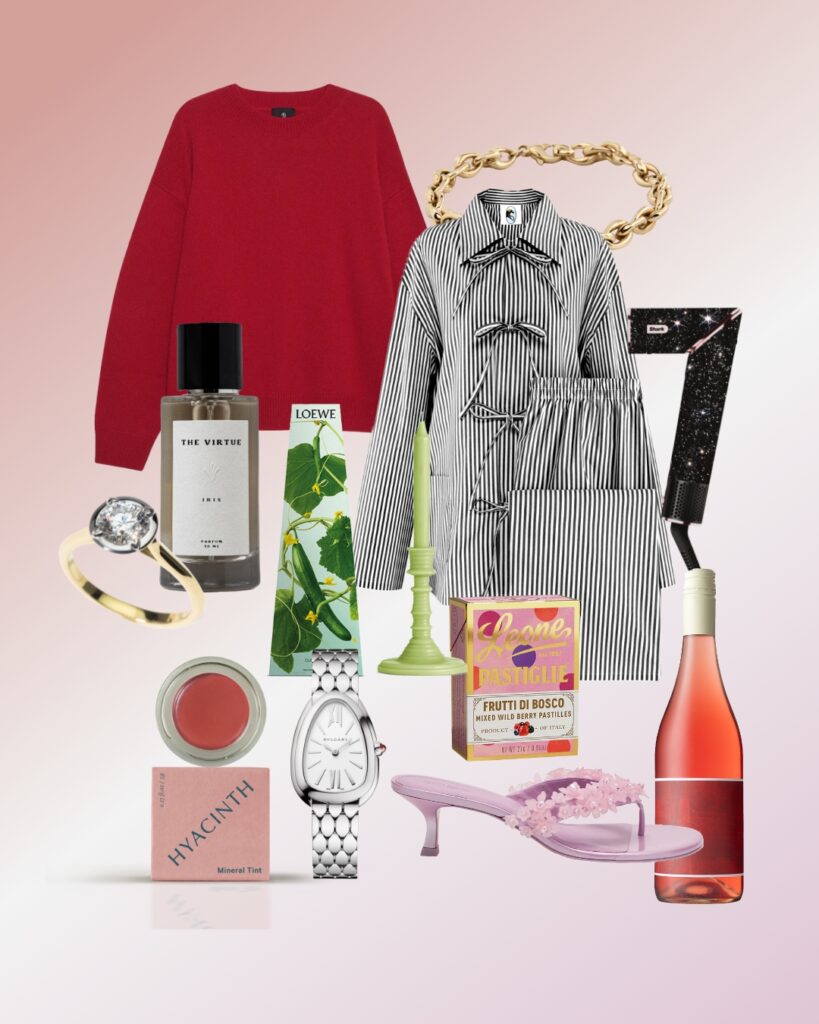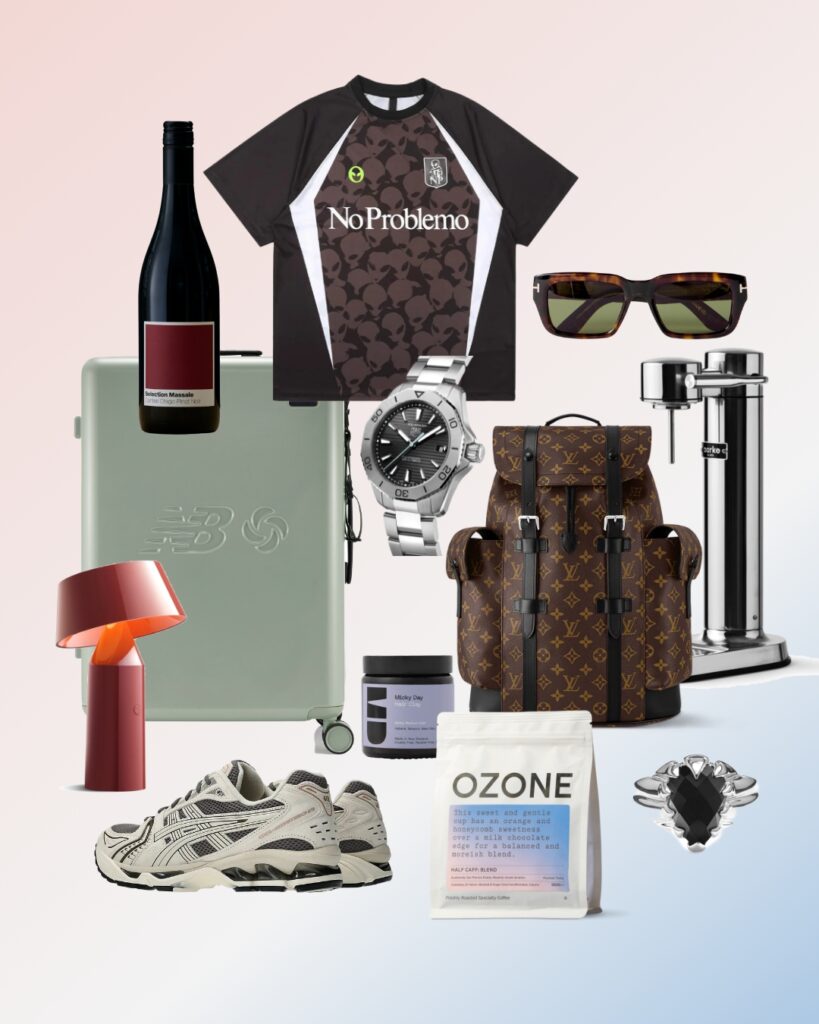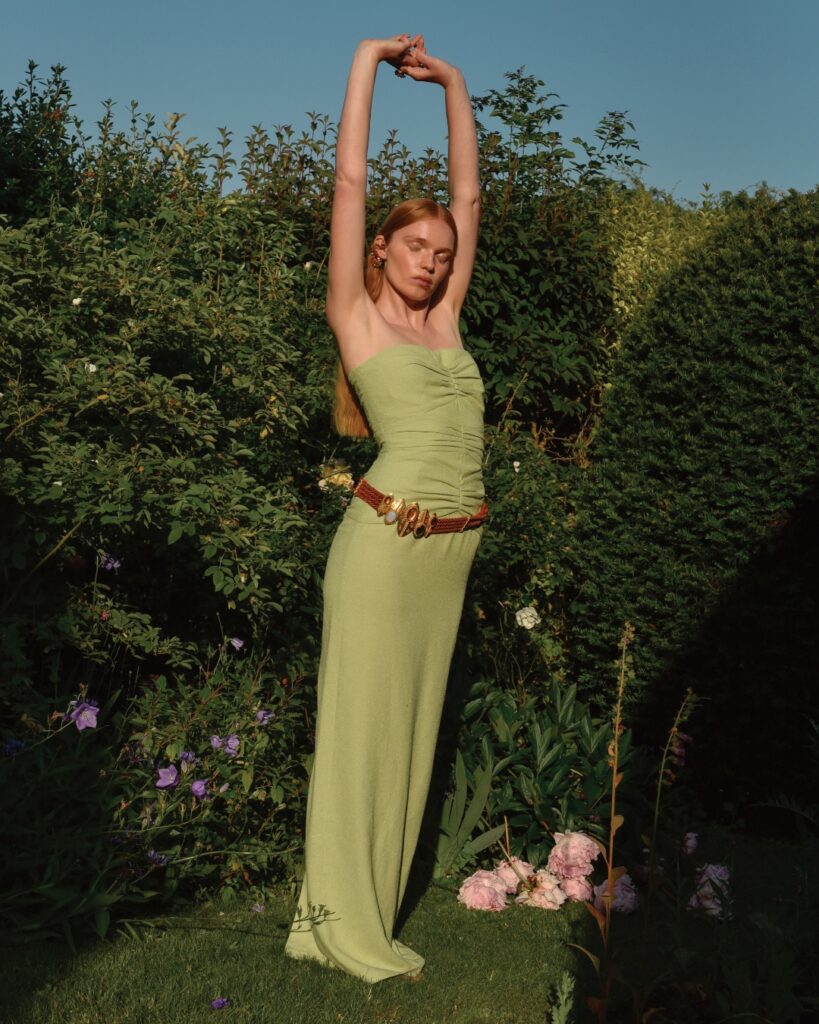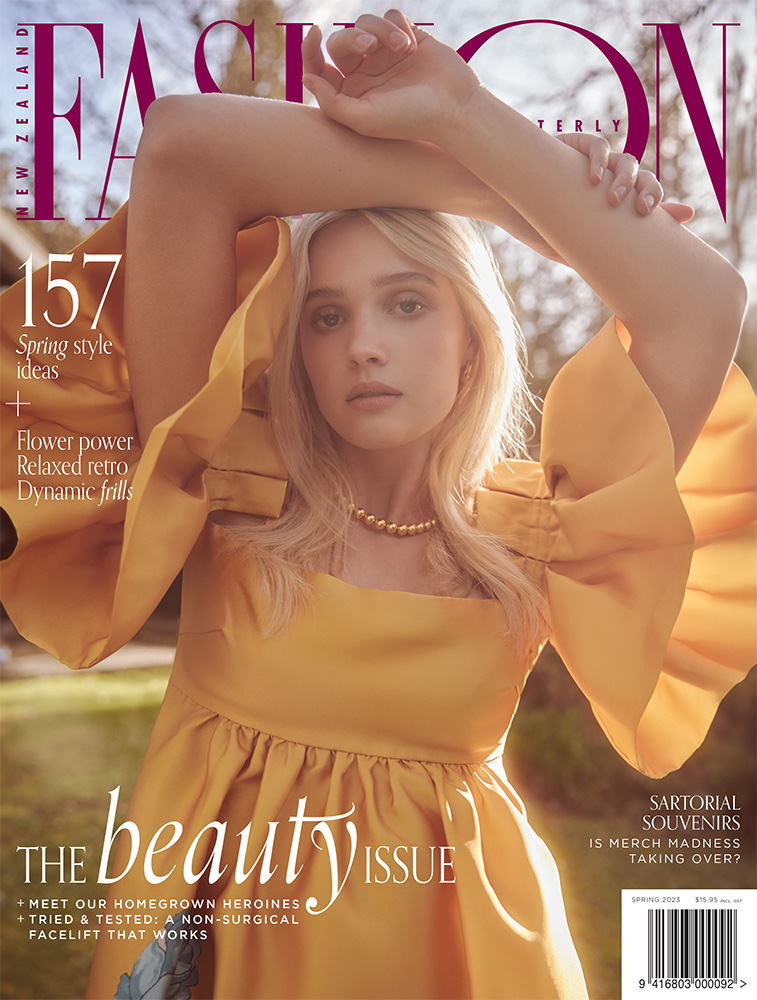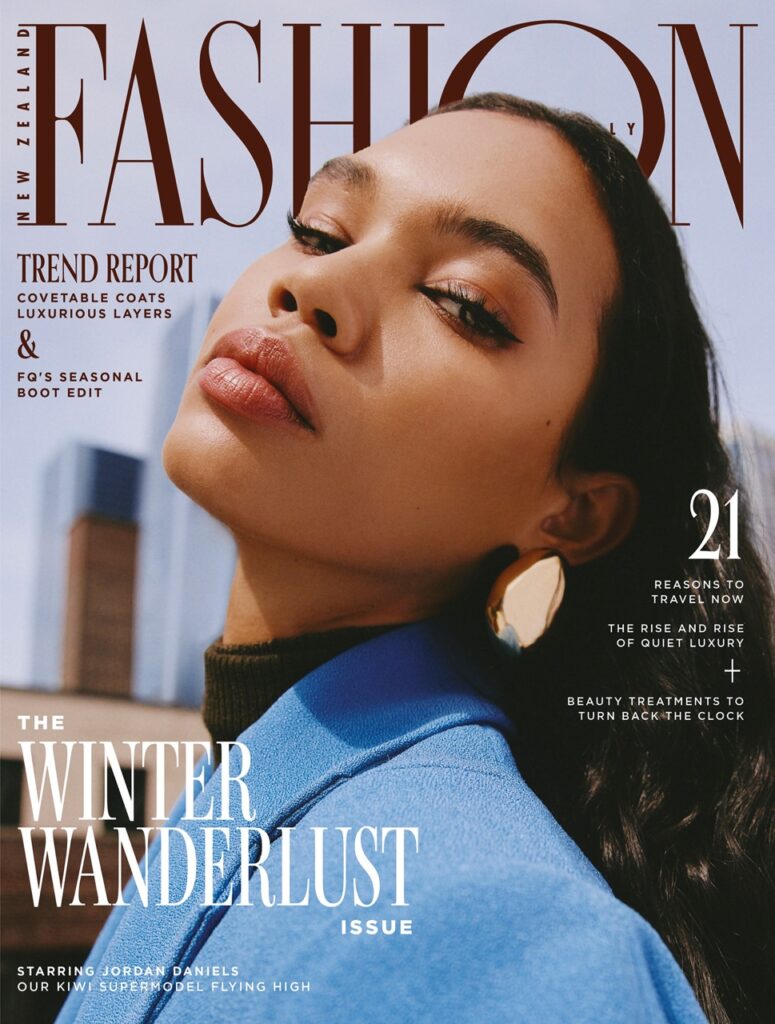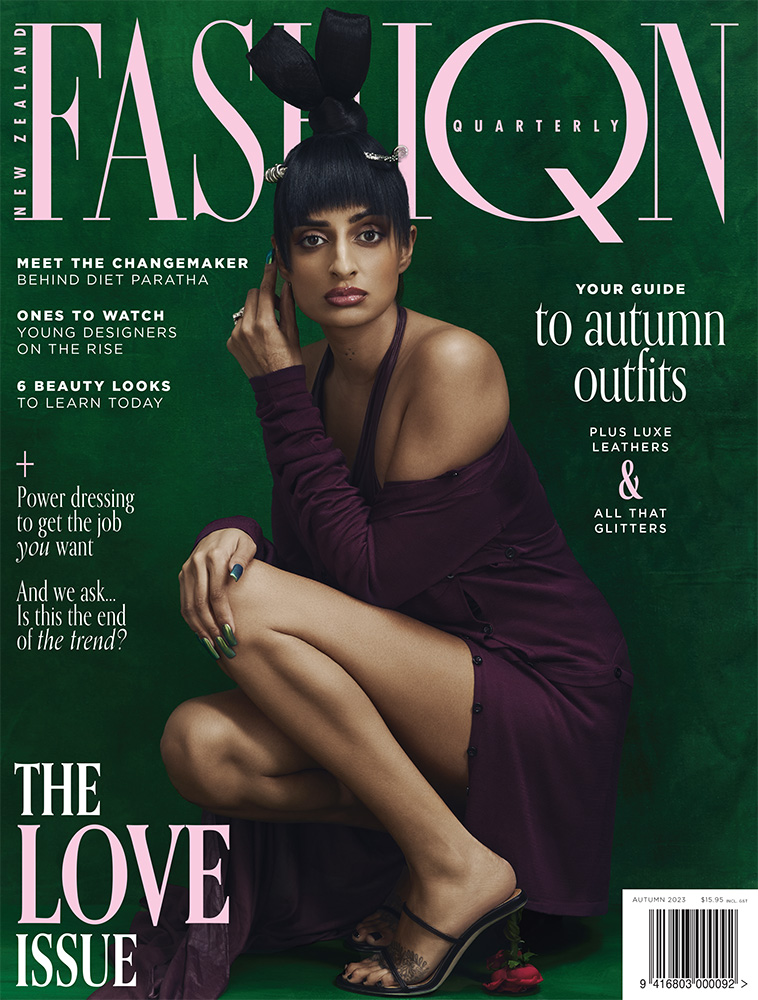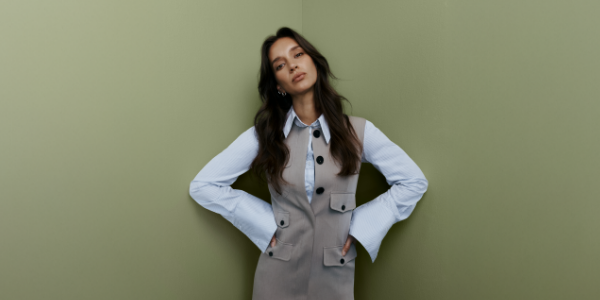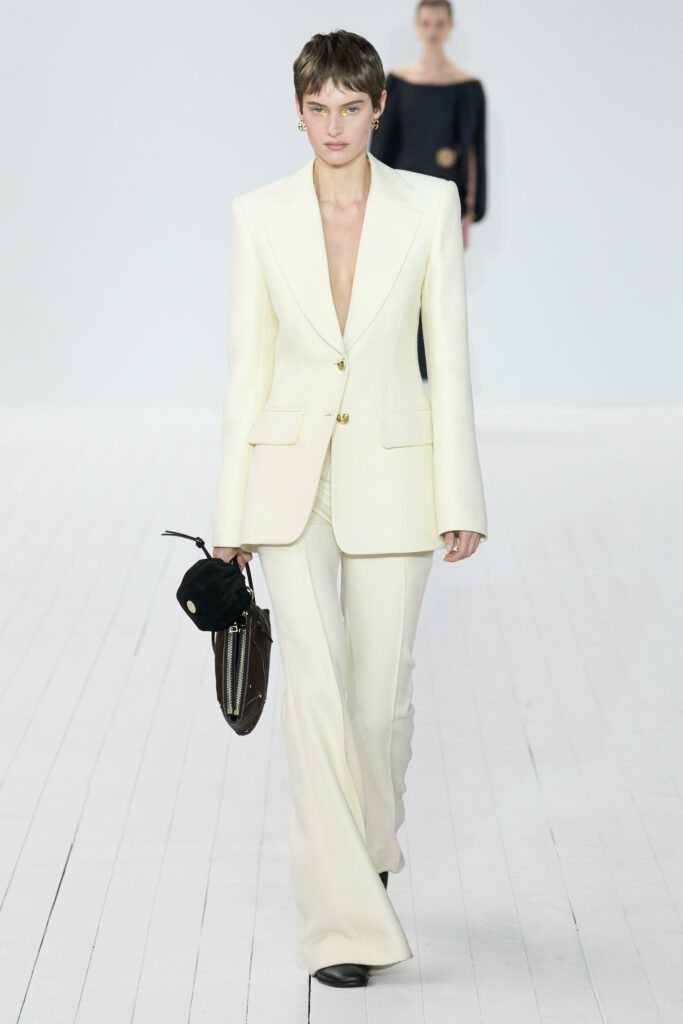
Former corporate lawyer Pip Greenwood worked in London and New York before returning to New Zealand to become a partner in a law firm and then moving into governance, so she has a fairly good idea of what works for work. These days, she’s chair of Westpac New Zealand, a non-executive director on the boards of The a2 Milk Company, Fisher & Paykel Healthcare and Vulcan Steel, and a trustee of the Auckland Writers Festival. “What I wear to work depends on which company I’m visiting, so it can swing from reasonably casual to quite dressy,” she says.
For Greenwood, the most important thing is comfort, but she isn’t suggesting going to the office in trackpants. “If you feel you look the part, you forget about what you’re wearing,” she explains. “There’s nothing worse than worrying about what you’re wearing. Work is hard enough.”
Greenwood, whose favourites labels include Maggie Marilyn and Dries Van Noten, wasn’t always this sure of her work style — some of her lessons were learned the hard way. “I remember one day when I was working in London and had a reasonably short skirt on — those were the days of Ally McBeal — and I got asked to take some documents into a meeting. I had to walk into a room with annoying double doors and around 30 men sitting at an oval table. They all turned to look at my legs.”
Would that happen in corporate New Zealand in 2023? “Unfortunately, the standards for how women dress are still different to those for men,” says Greenwood, adding that the biggest no-no remains exposing too much skin.

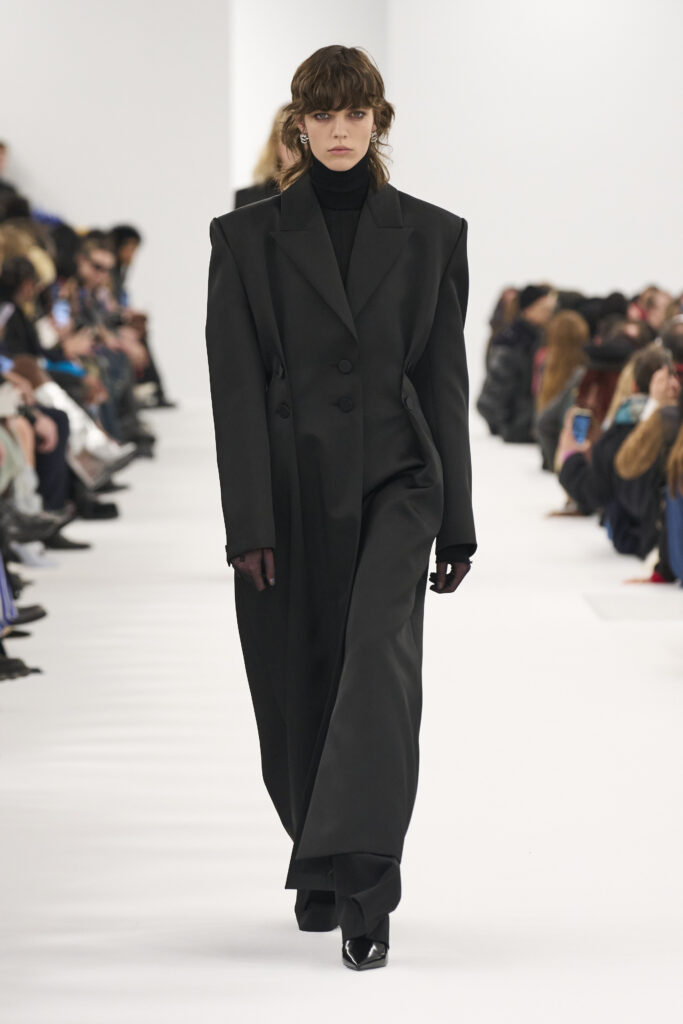
Now director of coaching and consulting company Masimaya Limited, when Marisa Fong first started out in the corporate world, she hadn’t a clue what to wear. “I’m from a migrant family — my parents owned restaurants, so office dressing wasn’t something I understood,” she says. “I thought wearing the latest fashion trends was what it was all about.”
Luckily, one of her first female managers gently explained that she needed more appropriate o”ce wear. “To save money, I bought a black skirt suit and a few black and white blouses,” says Fong. “To this day, my palette consists mostly of black, in different fabrics and textures to stop it looking boring.”
Fong’s suit was like a business card, and having a reasonably monochromatic theme meant everything went with everything else. “Most men have a ‘uniform’ of a suit,” she says. “The only self-expression is through their tie or shirt, so there’s not a lot of room for judgment. We women have a wider selection and scope for more missteps.”
Today, Fong works from home and sees clients only occasionally. She describes her look as ‘business casual’, while admitting it can be one of the hardest to nail down. She’s blended her weekday and weekend wardrobes by choosing unstructured, comfortable separates made from natural fibres and pairing them with key basics — a great blazer, a midi dress, wide-leg trousers. She likes to shop local and overseas labels: Anine Bing, Camilla & Marc, Carla Zampatti, Caroline Sills, Elle & Riley, Juliette Hogan, World and Zadig & Voltaire. Colourwise, she’s added cream, tan and other natural tones to the black and white she already owns. “I also use accessories. Belts, scarves and jewellery can make a big difference.”
Dr Galia Barhava-Monteith, an organisational psychologist who offers group mentoring through her company Oro, likes block-coloured and timeless pieces in good-quality fabrics that go together effortlessly. Early in her career, often in male-dominated environments, she’d observe what her female role models wore. “I also take time to reflect on what works for me,” she says. “Part of my day-to-day involves giving presentations, and pants work best from a comfort and practical perspective.”
Barhava-Monteith favours New Zealand designers who design for taller women. “Once I find a label that works for me, I’m very loyal,” she says, name-checking Kate Sylvester, Karen Walker, Knuefermann, Maggie Marylin and Shjark. For handbags, Saben is her go-to.
She has two distinct wardrobes. “My work-from-home look is still stylish, so I can have my online calls and see clients and feel professional, but comfort comes first,” she says. “My client-facing wardrobe is more sophisticated — and makes me feel special when I finally get to leave the house!”
Shop the look
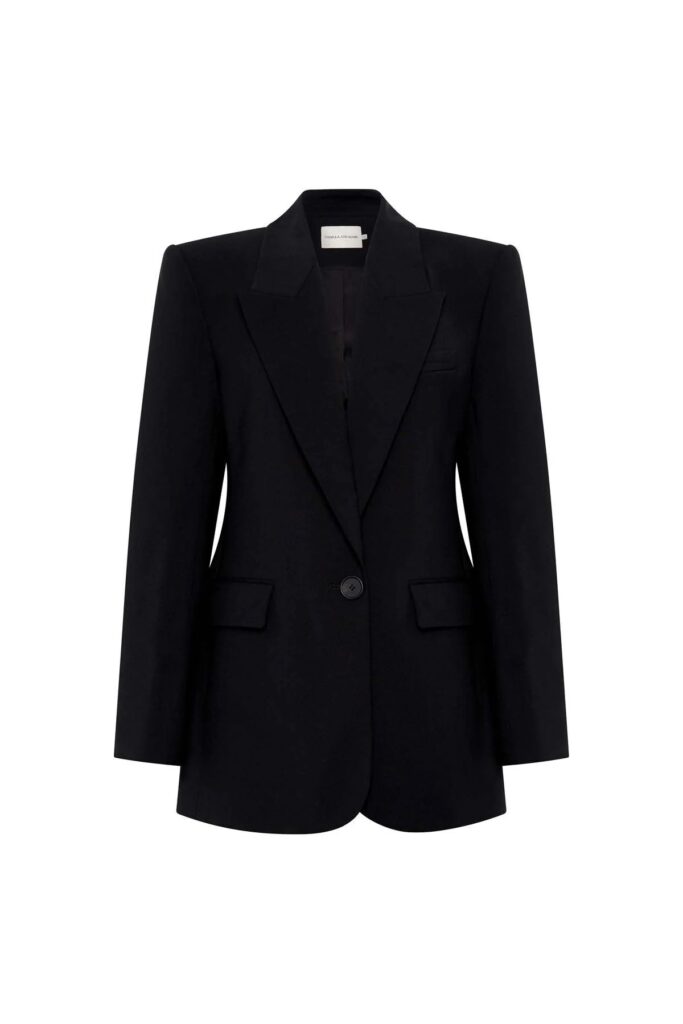
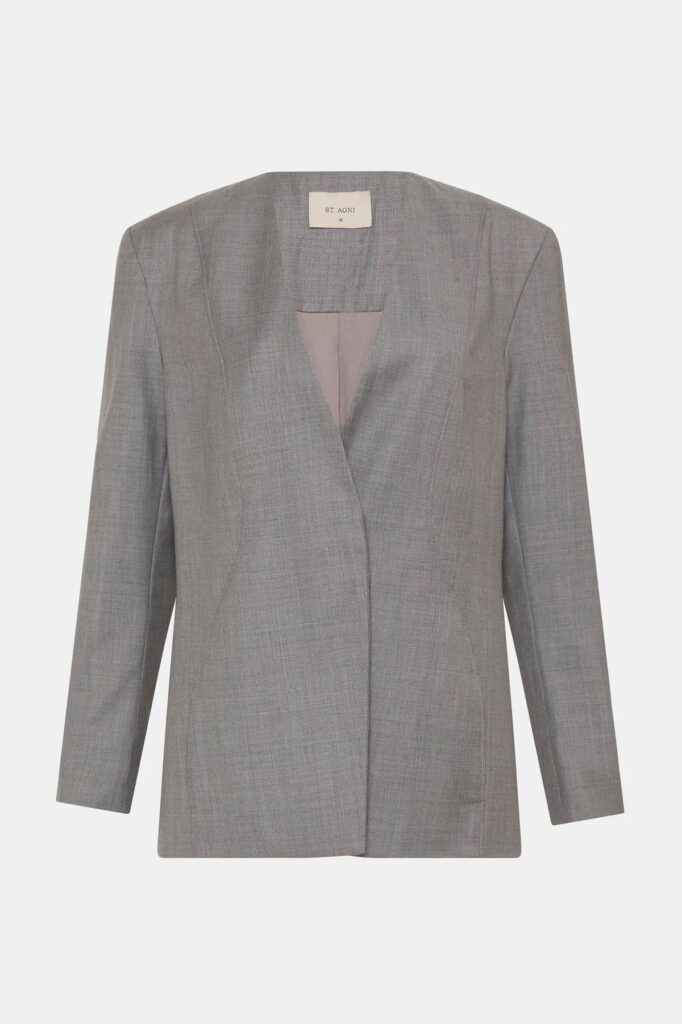
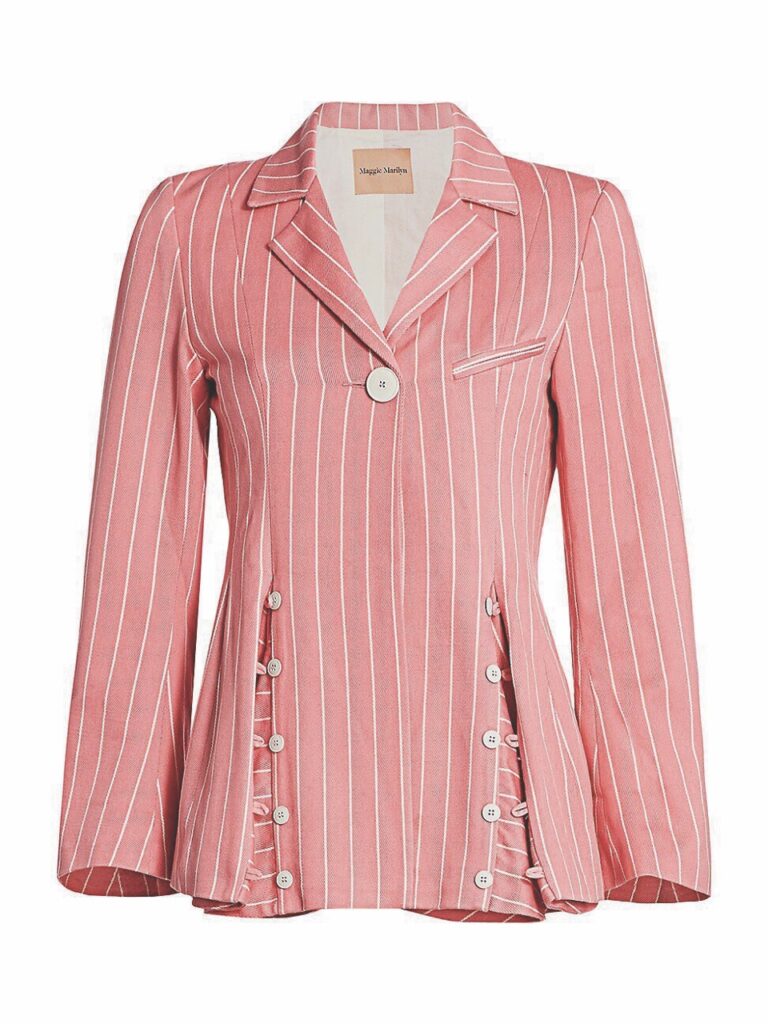
Three tips for savvy styling
1
“Stick to simple classics and spend as much as you can on accessories such as shoes and bags,” says Greenwood. “I always judge successful purchases by the cost per wear.”
2
“Spend money on your hero items, like a well-cut neutral jacket, comfortable ankle boots or a midi skirt,” says Barhava- Monteith. “Op shopping can o!er reasonably priced, high-quality items, and pay attention to good-quality fabrics where you can, because they really do make a difference.”
3
“Be selective. It can be a big waste of money to buy the latest trend only for it to date you the following season,” says Fong. “I prefer my key pieces to be of a higher quality, so they stand up to multiple wears and dry-cleaning.”
WORDS: NADINE RUBIN NATHAN
PHOTOGRAPHY SPOTLIGHT & ALAMY


